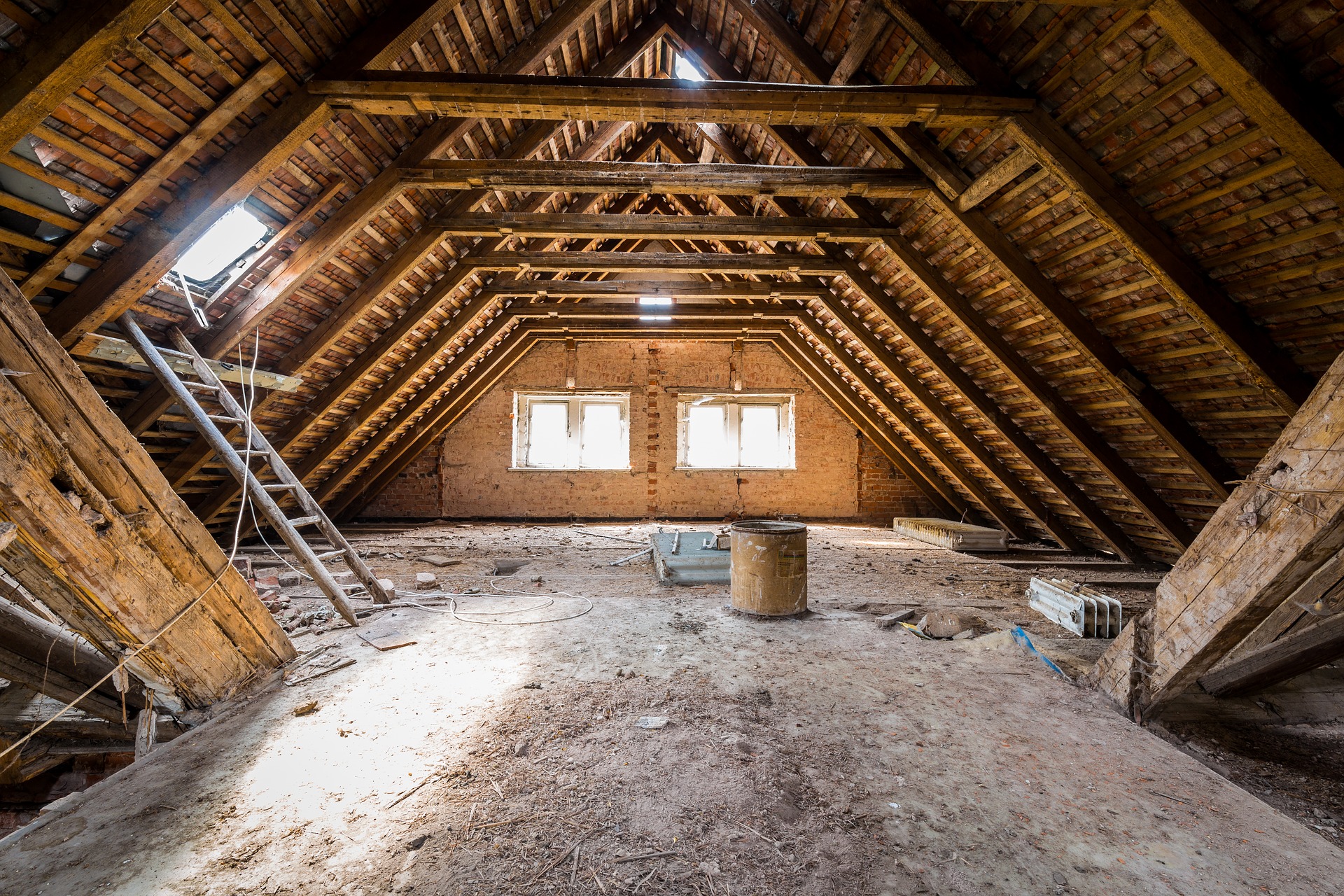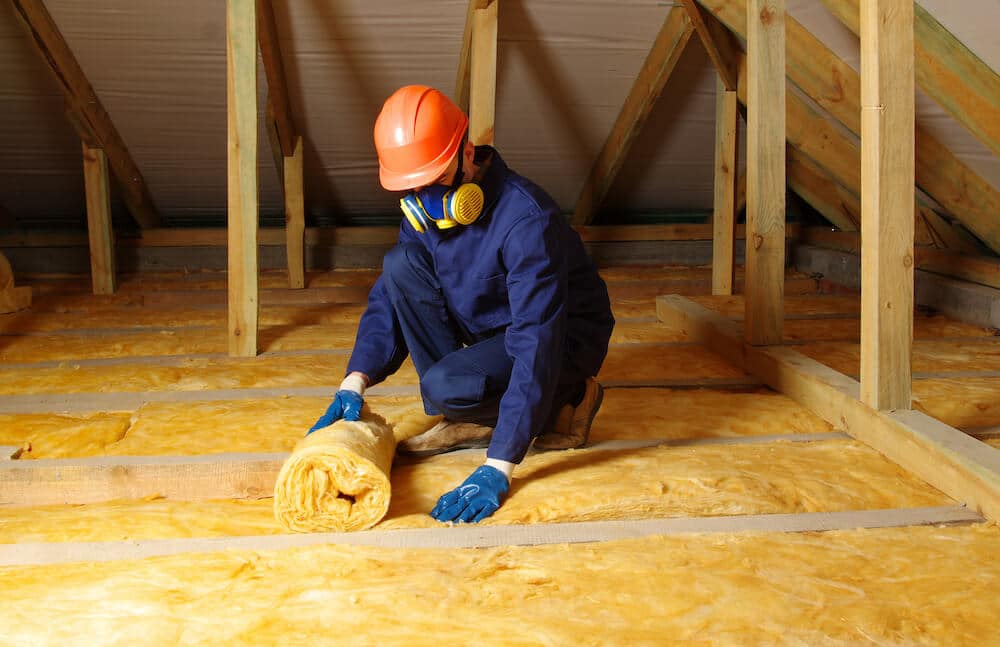Leading Benefits of Upgrading Attic Insulation DFW for Your Home Comfort
Leading Benefits of Upgrading Attic Insulation DFW for Your Home Comfort
Blog Article
Discover the Various Kinds of Attic Insulation and Their One-of-a-kind Advantages for Your Home's Energy Effectiveness

Fiberglass Insulation
Fiberglass insulation is one of the most frequently utilized materials for attic room insulation as a result of its exceptional thermal performance and cost-effectiveness. Made up of little glass fibers, this material efficiently catches air, creating a protecting barrier that aids keep consistent indoor temperatures. Its high R-value per inch makes it especially reliable at standing up to heat transfer, which is important for power preservation in homes.
Installation of fiberglass insulation is relatively simple, frequently readily available in batts or loose-fill types, suiting various attic room setups. In addition, it is non-combustible and immune to wetness, decreasing the threat of mold growth. This sturdiness contributes to its durability, making fiberglass a feasible long-term investment for homeowners.
Furthermore, fiberglass insulation is commonly produced from recycled products, which enhances its eco-friendliness. The material can likewise contribute to soundproofing, minimizing sound transfer in between areas. While it is vital to wear protective gear throughout installment to stay clear of irritability from the fibers, the total advantages of fiberglass insulation, consisting of power cost savings and ecological factors to consider, make it a preferred choice for improving attic room performance and advertising a comfy living atmosphere.
Spray Foam Insulation
Spray foam insulation is an extremely efficient option for attic room insulation, known for its superior air sealing and thermal performance. This ingenious insulation material is composed of a combination of isocyanate and polyol material, which, when integrated, expands rapidly to load spaces and cavities in the attic room area. Its ability to stick to numerous surface areas makes certain a continual obstacle against air leakages, substantially minimizing warm loss during colder months and heat gain throughout warmer seasons.
Among the essential benefits of spray foam insulation is its high R-value per inch, which means it gives outstanding thermal resistance in a reasonably thin application. This is particularly helpful in attic rooms where space is usually restricted. Additionally, spray foam can assist minimize wetness build-up, decreasing the threat of mold and mold development, which can be harmful to both the framework and indoor air high quality.
While the first cost of spray foam insulation might be more than traditional alternatives, its long-term energy cost savings, paired with increased comfort and boosted home value, make it a beneficial financial investment for homeowners seeking improved power performance. Attic Insulation DFW. Overall, spray foam insulation sticks out as a reliable solution for optimizing attic room insulation
Cellulose Insulation

Cellulose insulation is a popular choice for attic room insulation, mostly composed of recycled paper items treated with fire resistants. This ecologically friendly option is understood for its outstanding thermal efficiency, properly minimizing warmth transfer in both summer and wintertime months. The dense make-up of cellulose allows it to fill up gaps and spaces in attic room spaces, offering a seamless barrier versus air leakages.
One of the considerable advantages of cellulose insulation is its capability to stand up to mold and parasites, owing to the fire retardant treatments made use of throughout manufacturing. Furthermore, it flaunts a high R-value per inch, which translates right into superior energy effectiveness. Property owners can anticipate reduced cooling and heating costs as a result of boosted insulation.
Setup is generally completed with blowing loosened cellulose right into the desired area, permitting a efficient and quick from this source process. This technique additionally minimizes disruption to the existing structure. Moreover, cellulose insulation has a reasonably low environmental effect, as its manufacturing procedure utilizes recycled materials, adding to lasting structure techniques.
Rock Wool Insulation
Amongst the different alternatives for attic room insulation, rock woollen, also known as mineral wool, sticks out because of its excellent thermal and acoustic efficiency. Made from recycled or all-natural materials, rock wool is created by melting rock and spinning it right into fibers, causing an item that uses exceptional insulation homes.
One of the significant advantages of rock woollen insulation is its high R-value, which shows its efficiency in withstanding warm flow. This particular not just enhances energy efficiency yet additionally adds to preserving a comfortable interior temperature level year-round. Furthermore, rock wool is naturally fireproof, making it a much safer option for a fantastic read homes as it can withstand high temperatures without melting or launching hazardous fumes.
Moreover, rock wool insulation masters soundproofing capacities, effectively lowering noise transmission between areas and from outside resources. This makes it a suitable option for homeowners looking for a relaxed living atmosphere. In addition, rock woollen is moisture-resistant, helping to avoid mold development and preserving the architectural honesty of the attic room room. Generally, rock wool insulation supplies a comprehensive option for boosting energy performance, safety, and comfort in household settings.
Glowing Barrier Insulation
Radiant barrier insulation acts as a reliable solution for minimizing warm transfer in attics, specifically in warmer environments. This sort of insulation works by reflecting induction heat far from living rooms, thereby decreasing the amount of warm that gets in a home throughout heat - Attic Insulation DFW. Normally made up of a very reflective product, such as light weight aluminum foil, glowing obstacles are set up in attics, facing the roofing system, where they can intercept inbound warm from the sun
The main benefit of radiant barrier insulation is its ability to lower cooling costs. By reflecting heat instead of absorbing it, glowing obstacles can assist preserve a much more steady indoor temperature, decreasing the workload on air conditioning systems. This efficiency converts right into reduced energy bills and enhanced comfort for property owners.
Along with power financial savings, glowing barriers can also add to boosted interior air high quality. By minimizing warm accumulation, they aid decrease humidity degrees, which can avoid mold growth and boost general air flow. When installed correctly, glowing obstacle insulation can be an invaluable enhancement web to any type of energy-efficient home, making it a deserving consideration for homeowners wanting to enhance their attic room insulation strategy.
Verdict
In conclusion, comprehending the numerous types of attic insulation-- fiberglass, spray foam, cellulose, rock woollen, and radiant obstacles-- makes it possible for house owners to make enlightened decisions pertaining to power efficiency. By choosing the suitable insulation product, significant reductions in energy prices can be achieved, along with enhancements in interior convenience.

In conclusion, recognizing the different types of attic room insulation-- fiberglass, spray foam, cellulose, rock wool, and glowing barriers-- enables home owners to make educated choices relating to energy performance.
Report this page